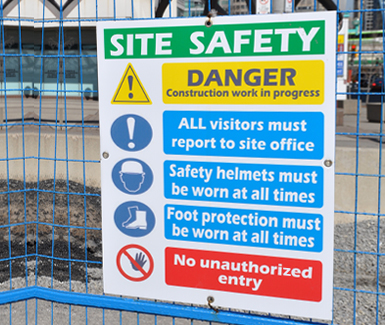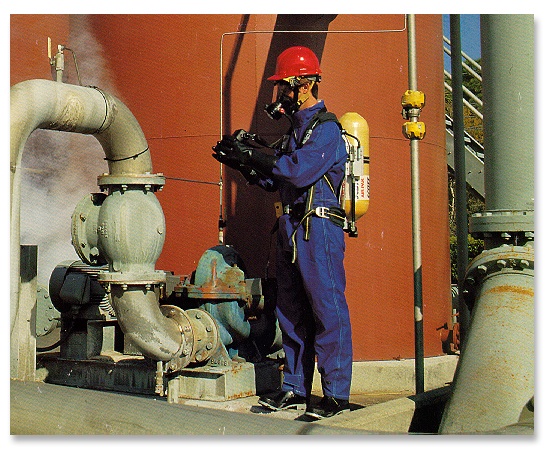7 PSM Audit Violations and How to Avoid Them
Quality assurance is one key to a successful food safety auditProcess Safety Management (PSM) compliance audits are specific and comprehensive, focusing on 14 elements of OSHA’s PSM Standards. A well-planned and organized audit process — including cross-trained personnel, audit checklists and self-audits — can help ensure a successful outcome.
Continue Reading “7 PSM Audit Violations and How to Avoid Them”











